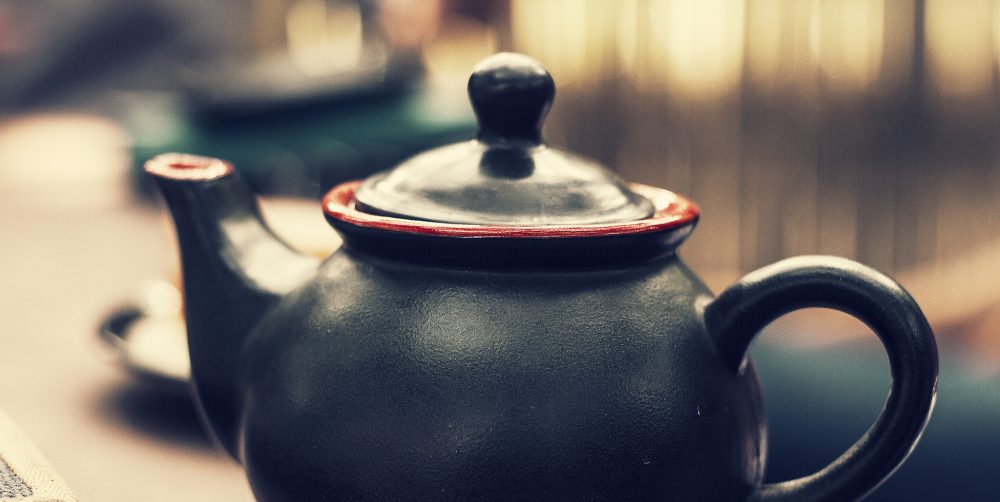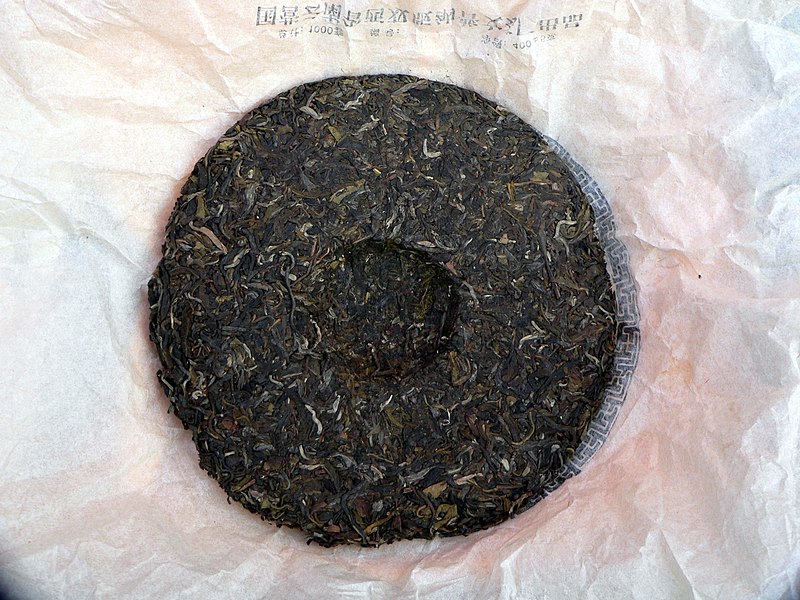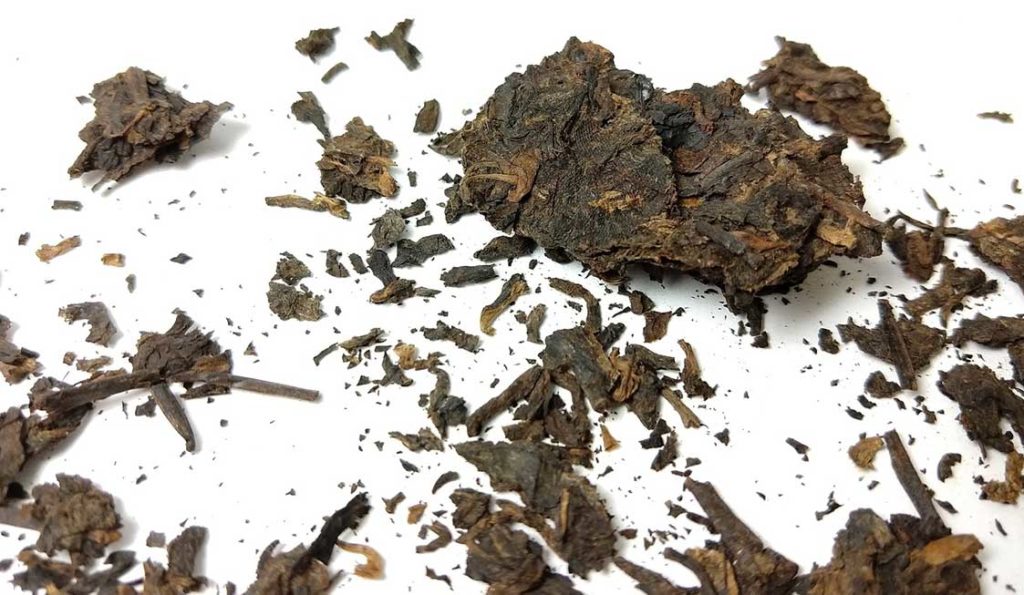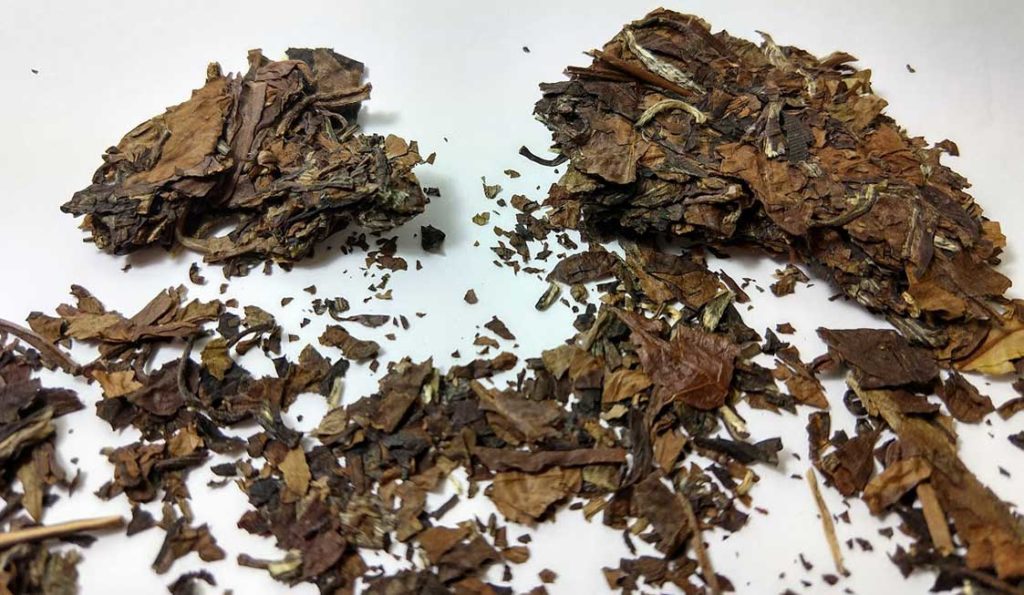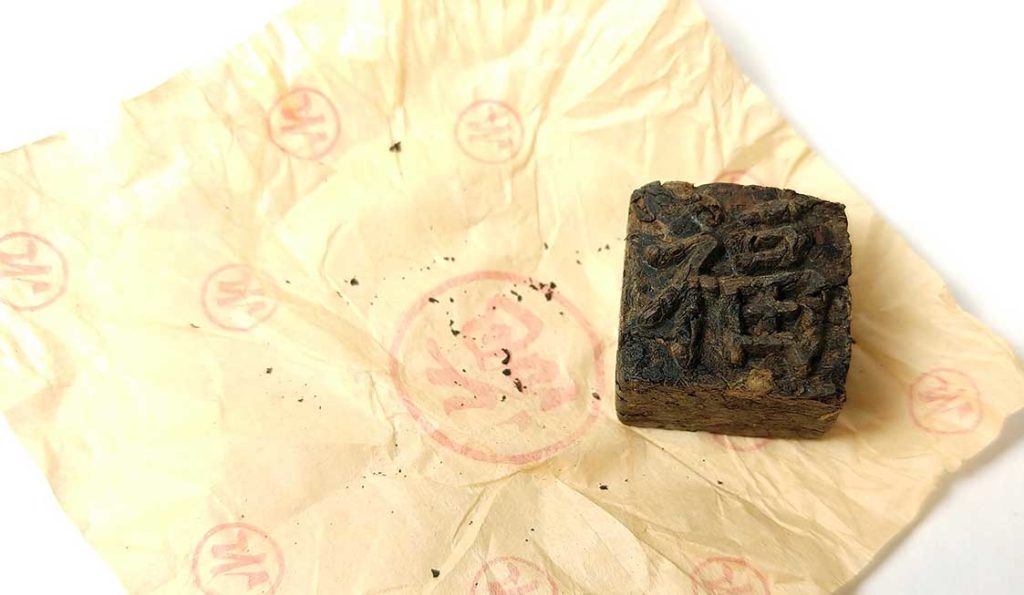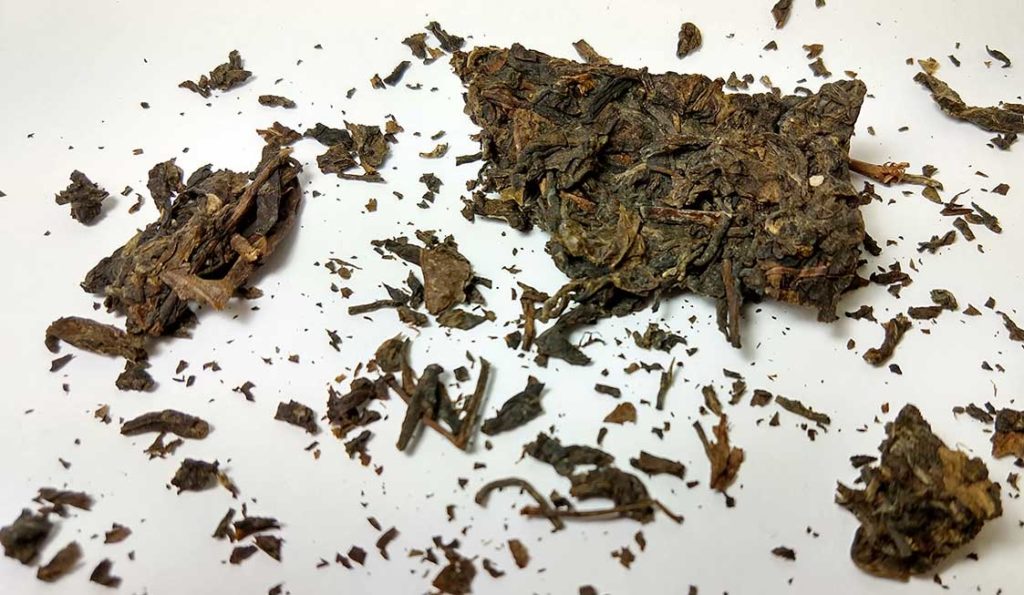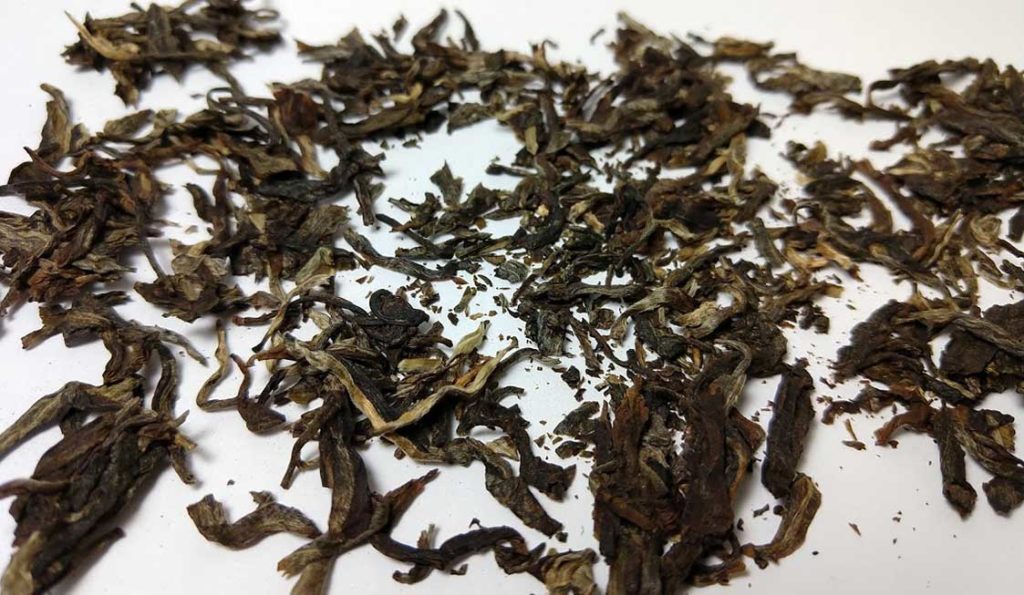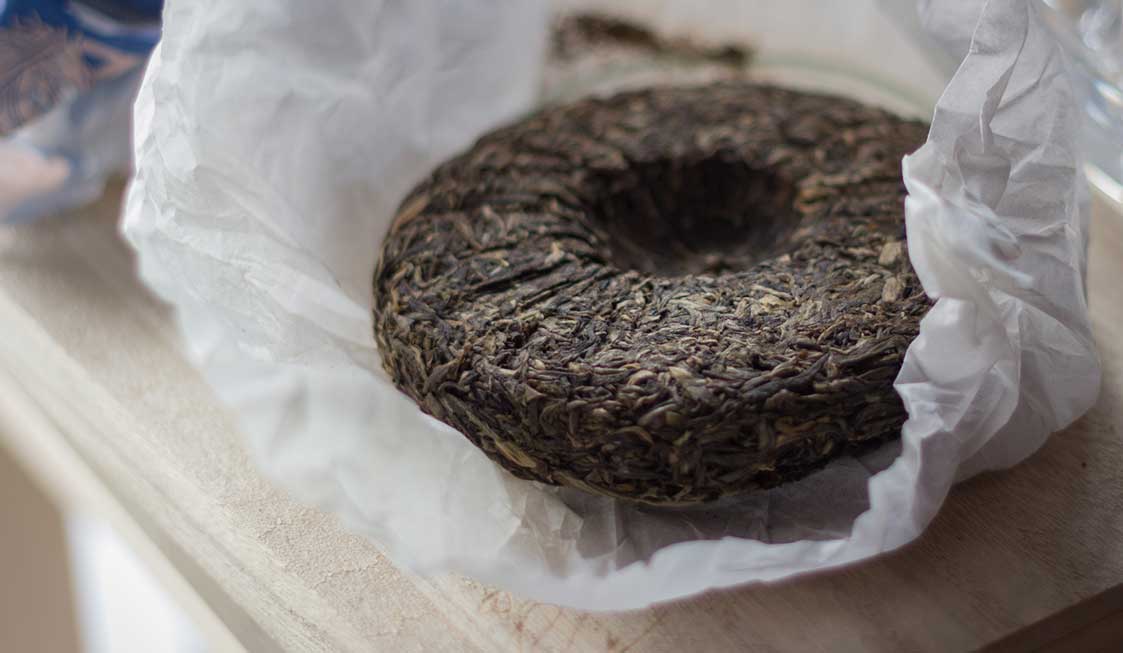Exploring Pu-Erh
Last year I posted about starting to learn more about Pu-erh. I posted several reviews but kept putting off my summary article until I just gave up. I saw my old post the other day and thought I should finally write it up!
What is Pu-Erh?
The short answer I used to give was “fermented tea.” That’s mostly true, but that description refers mostly to only one of the two types of Pu-Erh. A more correct answer would probably be “aged tea.”
There actually are lots of different variations of Pu-Erh tea, but they are all aged, and fall into two categories: “Raw” and “Ripe.” Technically, they are both also fermented, but one is actively fermented, and one undergoes a much slower natural fermentation as it ages over many years.
Flavor-wise the two varieties differ quite a bit, but typically provide a full amount of caffeine, similar or more than a cup of black tea. They also both have a lot of complexity due to the aging or fermenting process.
Ripe Pu-Erh
This is what I thought all Pu-erh tea was prior to my research last year. It’s easier to produce and takes less time, so it is usually cheaper. Ripe Pu-Erh was invented in the 1970s and involves manually fermenting or “cooking” the tea. This is done by piling the tea in large piles, wetting it, and covering it. This causes the temperature to rise and microbial activity to increase, which ferments the tea faster. This fermentation adds a lot of complexity to the tea as well as earth flavors. It also can give it quite a pungent smell, which I why I usually describe it as “stinky tea.” If you are familiar with gardening it is essentially a partially composted pile of tea leaves. Once it has reached the proper fermentation, the tea is packaged and often pressed into bricks or rounds.
Last time I checked all the Pu-erh tea at adagio.com was ripe Pu-erh. This also explains why it was all I thought Pu-erh was for a long time as that was where I first started ordering it.
My Ripe Pu-Erh Reviews:
Fengqing Golden Buds Ripened Pu-erh Cake Tea 2013
Ripened Cube Toucha Pu-erh Mini Brick (2006)
Fuding Shou Mei White – 2011
Ripened Aged Pu-Erh Mini Tuocha
Pu Erh Spice
Pu Erh Dante
Pu Erh Chorange
Raw Pu-Erh
“Raw” Pu-erh is a tea that is picked and processed, but then packaged into round bricks of tea and left to dry and age naturally. It does undergo some fermentation, but not the harsh and rapid transformation or Ripe Pu-erh. It is often aged for many years, from what I saw shopping around is at least 5 years before it is sold. That is certainly the minimum though, with some tea not being sold until it has aged 10, 15 even 25 years! This tea had less of the pungent aroma and typically doesn’t have the dark earthy tones of ripe Pu-erh.
My Raw Pu-Erh Reviews:
10-year aged Raw Pu Erh Brick
Fengqing Ancient Tree Raw Pu-erh
A Complication?
One thing to note is that Pu-erh is also a region, located in the southern Yunnan province. Like French champaign and Kentucky bourbon, the region claims that only Pu-erh coming from that region is Pu-erh tea. I don’t really have an opinion on that, but it did make learning about the tea a little tricky sometimes, so I thought I would mention it.
